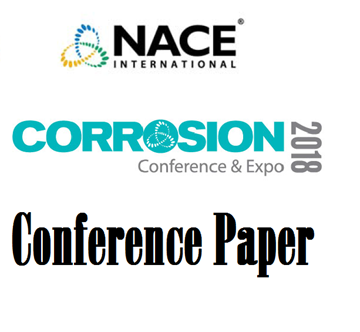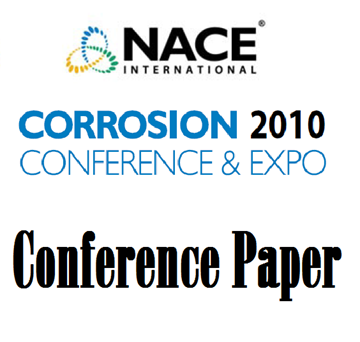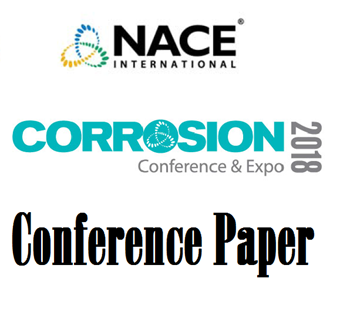Search
51318-10984-INFLUENTIAL FACTORS RELATED TO LOCALIZED CORROSION OF MILD STEEL IN SLIGHTLY SOUR ENVIRONMENTS
Also Purchased
51318-10990-Localized Corrosion of Mild Steel under Iron Sulfide Layers in CO2/H2S Environment
Product Number:
51318-10990-SG
Publication Date:
2018
$20.00
10332 Sour and Sweet Corrosion of Carbon Steel: General or Pitting or Localized or All of the Above?
Product Number:
51300-10332-SG
ISBN:
10332 2010 CP
Publication Date:
2010
$20.00
51318-10997-Effect of Alloying Elements on the Corrosion Behavior of Carbon Steel in CO2 Environments
Product Number:
51318-10997-SG
Publication Date:
2018
$20.00




